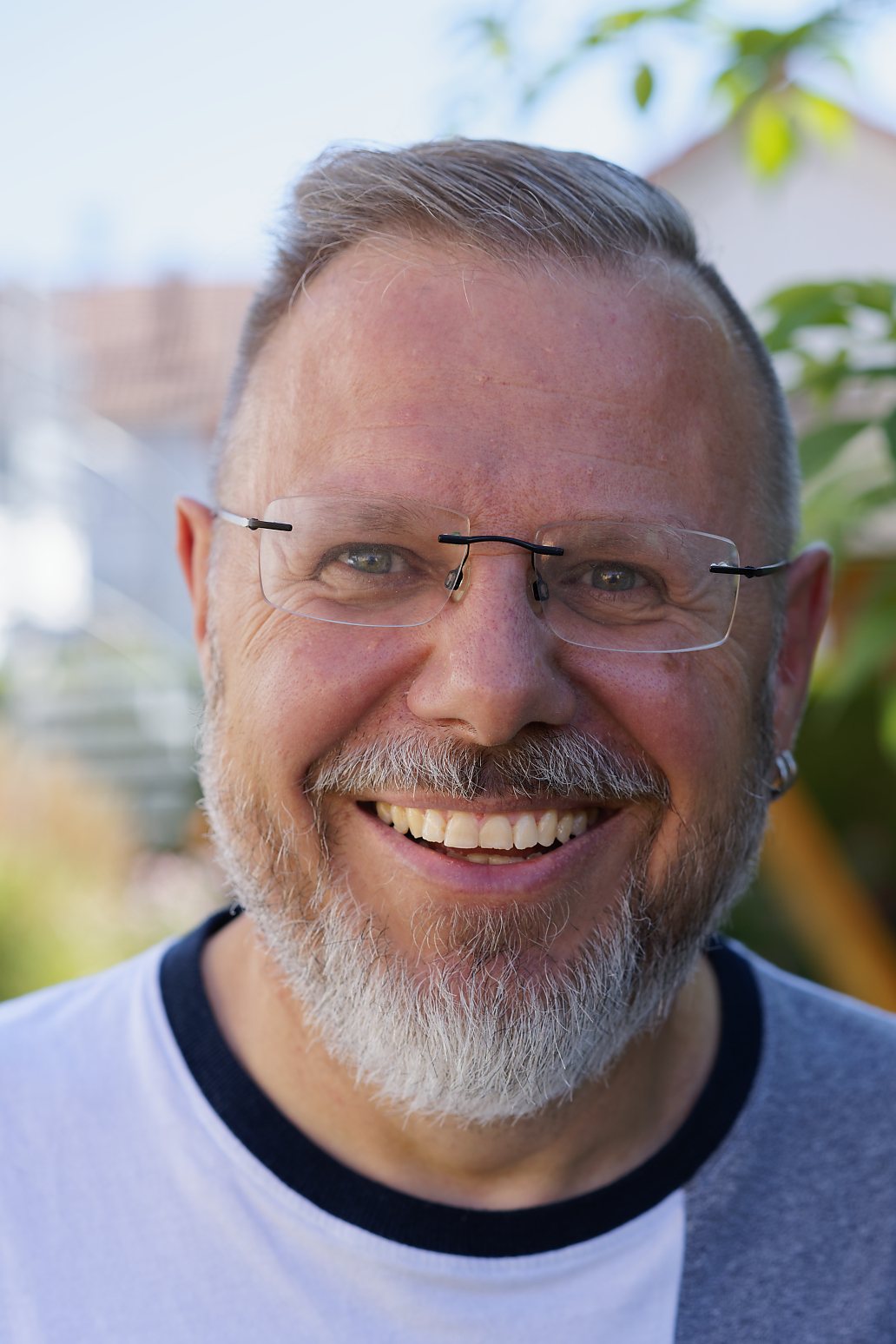Latest News
Q&A: Unleashing the Beast—Bringing Linux to IBM Z
Two of the original team members from the IBM Böblingen Lab in Germany, Ingo Adlung and Boas Betzler, played crucial roles in bringing Linux to the IBM Z. Adlung is now Distinguished Engineer,...
Two of the original team members from the IBM Böblingen Lab in Germany, Ingo Adlung and Boas Betzler, played crucial roles in bringing Linux to the IBM Z. Adlung is now Distinguished Engineer, Chief Architect & CTO, IBM Z and LinuxONE Virtualization and Linux. Betzler is IBM Distinguished Engineer and Master Inventor. Here, they recall that work of 20 years ago.
Bringing Linux to IBM Z was an important moment in IBM’s history. What was it like to start your career at such an exciting moment?
Betzler: When I started at IBM, we were looking at green screens—quite different from the IBM Z user experience today. But what I really saw behind the screen was the potential to innovate. How could I get more access to this amazing computer? How could we unleash the beast of Linux on Z?
Adlung: We knew there was a need for a smart way to bring Unix back to the mainframe. The answer was open source and Boas proposed using Linux for it—and I was ready to be among the first to attempt it.
Betzler: I knew if we could get Java onto the mainframe, we needed an operating system. If we could use open and modern technology and code that was available as open source, I knew we could innovate. We started on what was supposed to be a fun project. But it quickly turned into an overnight and weekend activity.
Adlung: People often asked us “Why are you doing this?” And 20 years earlier I’d always say, “because we can.”
We had a vision—not just programming for the sake of programming. We wanted to bring the Linux experience to the mainframe, which implied embracing open source programming, which was unheard at that time. And with a spirited team working at 3 a.m. in our spare time, we had the potential to go from a skunkworks project to a strategic imperative for the company. We were pushing the envelope at every turn.

Boas Betzler
Running Linux on Z was a controversial idea at the time. How did you handle that?
Betzler: We’re now at a point where open source is the de facto standard for the industry. Back then, the idea that you could freely share code and let people collaborate with things that are connected over the internet was a new concept. Thankfully, we realized that unleashing talent to write and improve code yielded benefits that were bigger than the sum of each individual contribution.
That’s the beauty of where we are today with helping our clients modernize applications—and why we joined forces with Red Hat, so we can bring more open source innovation to an even broader range of organizations.
What did Linus Torvalds think?
Betzler: One of the last steps we took before bringing Linux to Z was getting buy-in from Linus. It was my job to meet with him on the West Coast and get his approval. It seems simple enough today, but showing a demo is not as easy when not everyone has their own personal computer.
As I had never seen the Pacific Ocean, Linus drove us down to the coast after our meeting. And while sitting on the beach, we drafted the email we would send to executives letting them know Linus was on board. It was a moment I’ll never forget.
Adlung: By end of 1999, between Christmas and New Year’s, we were allowed to open-source the project. That was a big turning point!
What was the reaction after the announcement?
Betzler: Within a few days, more than 1,000 clients had downloaded and run Linux on Z. Such was unheard of at the time. Right away, clients realized that Linux on Z was something that they could use to develop new applications services, while older operating systems weren’t able to support the Internet and emerging e-business opportunities.
Adlung: One morning, we briefed a client on what we were working on, and by that afternoon the client wanted to be in production in six weeks—for a project that typically would have taken six-to-twelve months. We were ready to get to work.
Betzler: At the start, we worked closely with SUSE and Red Hat—who are still important partners for us today—and with Ubuntu, who came along shortly after. Open source is great for innovation, but to run your business you need support for the middle of the night.
Adlung: We had to show our clients that we didn’t just have cool technology, but that they would find our work valuable. Working with partners like SUSE, Red Hat and Ubuntu helped us get there. We also saw some very interesting market dynamics developing. Linux on Z brought new types of clients to the platform—clients who were experimenting with new concepts like virtualization.
All of these ideas became the building blocks for the technology we’re embracing today—from containers to cloud to edge computing. We had no idea how what we were working on would revolutionize the world.

Ingo Adlung
Are there any more memories that stand out?
Adlung: Over and beyond our very project—Linux emerging in so many different spaces, like Linux on a wristwatch. And as a spin-off to our project we’ve also had a team working with Sony optimizing a PlayStation with Linux. And there were more activities with industry partners as the market importance of Linux kept growing—all fostered by our initial belief in Linux and open source on Z.
Betzler: It was a complete surprise to be able to run Linux on Z. It was a major milestone. That’s the beauty of Linux—it has the ability to scale up to IBM Z, or down to a watch or your mobile phone. You may not realize it, but Android is based on the Linux operating system.
It sounds like there are a lot of parallels to our work today.
Betzler: Absolutely. Open innovation is at the core of IBM’s DNA—both back then, and today. Clients are continually trying to integrate new apps and services in new ways, which in turn have required the development of new technologies like containers. But while the technology de jour may ebb and flow, the core concepts of what our clients are trying to accomplish—making life easier for developers, building applications—remains the same.
Adlung: As I mentioned earlier, we’re continually pushing the envelope to bring more innovation to our clients. Today, that means focusing on encryption everywhere, on cloud-native development and on cyber resiliency capabilities—all driven by Linux on Z. As new industries like digital asset custody emerge, those clients are looking to IBM for the same attributes as our first Linux on Z clients. And that’s exciting!
___________
This article is dedicated to Martin Schwidefsky, who passed away last year in a parachute accident. As noted on an online memorial for him: “Martin was the most significant contributor to the initial s390 port of the Linux Kernel and later the maintainer of the s390 architecture backend. His technical expertise as well as his mentoring skills were outstanding. Martin was well known for his positive mindset and his willingness to help. He was our friend. He will be greatly missed.”
___________
Read more about the Linux celebrations